Teacher Education

Several years ago, I worked with NCMPS, Libertas School of Memphis, and a team of brilliant people to launch a new, radical approach to Montessori Teacher Education. Working closely with fellow Montessorians Elizabeth Slade and Sandra Wyner Andrew and under the leadership of the late Jackie Cossentino (NCMPS co-founder), we took our AMI training backgrounds and adapted our training approach to meet the needs of public Montessori teachers.
We partnered with Libertas School of Memphis to run a pilot Teacher Residency program. We started by designing a two summer residency; this meant we set up our model classrooms right in the public school where the teachers would be working.
Most of the adult learners were already public school teachers or assistant teachers. Our task was to prepare them to start their own Montessori classrooms in just two months!
To meet the needs of this situation, we took several different approaches in the course design. I'll describe here just a few highlights of what we did in the primary (early childhood) program. My goal in writing this is, first, to share what worked so other teacher education programs might benefit from the positive results seen at Libertas. Next, I hope to inspire others to replicate this approach so it can be open to rigorous evaluation and study.
Immersion
After one day of orientation in the library, we introduced adult learners into the prepared classroom environments just as we would introduce the children: one-at-a-time. For primary (early childhood), this meant that my amazing assistant Carly Riley remained in the hall with students helping them organize their belongings and singing songs while waiting. I welcomed each student into the room individually, gave them a quick tour, and introduced them to some work (usually a transitional material like blocks) that they could do right away. (In a perfect world, we would meet each child before school even began; see my blog post on Preschool Orientation for details.)
Once everyone was in the space, I started offering individual or small group lessons in practical life, spoken language, and grace and courtesy...just like I would with actual children. We spent about 2.5 to 3 hours each morning working in the environment in this way. I felt it was important for students to experience the 3-hour work cycle just as the child would. My hope was that they would appreciate it and then, honor it.
There was no way I could give every student every lesson in our limited time while following this approach. So, we cascaded the lessons out. The students worked on their own, tried giving lessons to each other, and practiced the lessons they had received. After the morning work period, we gathered together for theory talks and discussion. Then, it was time for lunch followed by shared primary/elementary theory (see below) and then practice time in the environment.
This was the model for most days that first week. By the second week, we started offering group lessons for the more complex activities like table scrubbing and dish washing. But, we always maintained the 'arrive into the classroom and get right to work' model, just like we do with the children.
During practicum time, we also offered interim oral exams. These were opportunities for students to practice giving lessons to the faculty just like they would for their final oral exams. They pulled a lesson we had completed from a hat and invited us to do the work. (There is a lot of research support for this type of ongoing, low stakes testing.) We would give them feedback on strengths and challenges so that they could improve their practice. It also let us know if anything needed to be clarified with the group about specific material presentations.
Model Albums
In the AMI approach, adult learners write their own Montessori albums. In other models, adult learners are given already created printed albums and may need to write theory essays or complete certain parts of the albums themselves.
In the residential model, we began by asking students to write their own albums. We quickly discovered that for most of our students, this was an unreasonable expectation. After our students went home at the end of an 8-hour day, it was not realistic to expect them to spend 3-hours writing albums.
The revised model gave the students all of the text for the model albums lessons but required them to:
- Write all theory
- Create all illustrations/photographs
- Write original practical life lessons
- Make model materials
Using model albums for the entire course also allowed us to have different instructors present different parts of the program without sacrificing the unity across curricular areas. Unlike programs where one instructor might use their own album for practical life and another would use their own album for language, our unified albums maintained the subtle connections among materials across the prepared environment.
We were incredibly fortunate to have many amazing Montessorians on the primary team (including Marva Bell and others). We wanted a model that would work for any skilled instructor, not one that was "guru" based.
Shared Theory Talks
At the same time that the primary/early childhood training was happening, Elizabeth and Sandra were heading up the elementary training. We wanted to take advantage of this mixed group of adult learners and try to bridge the gap between primary and elementary. So, each day after lunch, we met together as a large group of all of the faculty, administrators, and adult learners for primary and elementary. We sat on the floor, on chairs, or wherever we could fit all around our large elementary model classroom.
We primary and elementary instructors would take turns presenting on key theory topics (like the absorbent mind, planes of development, human tendencies). We kept our talks brief and tried to incorporate video of children in Montessori classrooms whenever possible. (Thank you to AMI for creating the MontessoriGuide website; that was a great resource.) The videos truly helped the students understand how all this theory would play itself out in real life...especially since many of them had never been in a Montessori classroom before!
The mixed student group gave rise to lots of rich conversation. The students were asking questions about how things were different for the different developmental stages. They helped clarify expectations about what a child "should" know/be able to do in order to move up from primary to elementary. And we all got to know each other in a relaxed environment.
The relationships we built were also empowering when we heard the Great Lessons happening in the hallways. We all took a break from our primary work to be part of the unfolding of the universe as acted out through those wonderful stories (there were even drums).
Learning Consolidation Pause
To allow for memory consolidation, we stopped work at 3:45 pm each day and sat together in silence while we took notes on what we had learned, what questions we had, what understandings arose, etc. This pause is quite important from a neurological perspective as it allows for purposeful self-reflection (activating the default mode network) and meaning making. I can't say enough about the importance of the intentional pause for learning.
Sequence of Presentations
Typically, Montessori training proceeds through each area of the prepared environment (like Language or Math) in order. So, for early childhood you would present every lesson from least to most complex within a curricular area before moving onto the next curricular area.
Because all of our adult learners were going to be leading their own classrooms starting at the end of that first summer, we couldn't do this. We needed them to hit the ground running, ready to give all the early lessons right away. So, we presented the lessons in age-sequence rather than strictly by curricular area.
The immersion approach facilitated this because, naturally, we offer a lot of practical life and spoken language lessons in the first weeks of school. Thus, during the summer, we gave them all of Practical Life, only the spoken and written areas of Language, and part of Sensorial and Cultural. We saved the rest for the weekend semimars held every few months throughout the school year or for the second summer.
As the school year went by, we decided which of the more advanced lessons to offer in the several weekend seminars based on what the teachers-in-residence were seeing in their classrooms.
The second summer, we finished with all lessons we hadn't yet covered. We also spent a lot of time throughout the course focusing on the social-emotional needs of children and adults in a high-poverty school. Much of this was led by NCMPS's revolutionary guidance on Child Study, among other areas.
Ongoing Support
In addition to the weekend seminars, we had an assistant trainer for both primary and elementary embedded in the school. My assistant, Carly, had her own primary classroom but she met with the other, new primary teachers on a regular weekly schedule for lesson study among other things. They would pull out one of the key Montessori materials and practice using it, presenting it, and talking all about it. I can't say enough about how important this in-building expertise was. The teachers in training always had someone nearby that they could go to for support.
Similarly, the administration was all in for creating authentic Montessori. Even with the pressures of standardized testing, we were not asked to compromise. We were asked to make sure the student's would be prepared for the tests. That was no problem; when Montessori is done well, children are prepared for the realities of their life. If standardized tests are part of their life, we prepare them for that. It is a practical life activity. No problem.
Results
In the first fall, I went back to Memphis to observe in classrooms and lead a weekend seminar. What I saw made my heart sing! The children were happy and busy. The classrooms were buzzing with joyful, purposeful work. The teachers were asking deep questions.
Two months later, I faced a significant health challenge that required multiple hospitalizations and left me bed ridden for much of the year. Luckily, my former trainer, Anne Catherine McConnell, was able to step in and see the process through for the second half of the course. Anne has the benefit of being both primary and elementary trained. So, she had a deep perspective on the presentations of all materials that led us all to adapt and adjust in some wonderful ways.
At the end of the second summer, we held oral exams (just like you would in an AMI course). We recruited two highly respected trainers to act as examiners. They were able to witness the deep learning of our students. They reported that our students appeared well prepared for the work ahead. Phew!
I don't have hard data to prove to you that it worked, but here is some information from Libertas itself. They have had tremendous success, in no small part due to the incredible dedication of it's founding staff including Bob Nardo and Michelle Boyle.
Libertas also has 90% retention for its teachers! That alone is a huge win.
Two of our wonderful adult learners from that first pilot, Jenay Boggs and Dawn Bradley, are now leaders in the ongoing residential training program at Libertas.
Replicating this model
I often receive communications from people looking to find an accessible teacher training course and/or who are looking for authentic Montessori albums. Before working on this pilot training, I never entertained the thought of sharing my albums. This work has changed my view.
Dr. Montessori wanted teachers to write their own albums for many reasons. First, she felt that the act of writing, of gathering what you had learned and consolidating it into logical meaning on the page, helped internalized the learning.
Another reason was that the albums had to adapt to different cultures. The albums we offer in the US will differ from those offered in India or Taiwan or Brazil. These differences will not just be based on language, but on the ways of being in each region. For example, while the Maitri Learning albums show how to clean the floor using a towel or a wring mop, in some regions you would use a sponge mop. Even how you shell peanuts can differ based on region (in the South they use a rolling pin).
These are important points and it was only after much conversation, reflection, and consideration of the overall course design, that we felt we could move ahead with model albums. In hindsight, that was a good decision.
Based on the results seen here, I think our pilot teacher residency program was a success and I hope very much that it is replicated in other settings. To facilitate that, Maitri Learning is now offering its model albums for sale to teacher education programs and Montessori teachers who want to go deeper with their practice.
 Our albums are recommended for those who already hold a Montessori credential. They are no substitute for what is learned in a teacher education program. Teacher trainers can also purchase the Student/Guide's version of the albums. This excludes theory and photos so that the adult learner can add those in on their own.
Our albums are recommended for those who already hold a Montessori credential. They are no substitute for what is learned in a teacher education program. Teacher trainers can also purchase the Student/Guide's version of the albums. This excludes theory and photos so that the adult learner can add those in on their own.
I hope this information is useful and that you will add your thoughts and experiences to the comments below. All of us working together can make things easier for those who come after us. It takes a village!
Note: All of the individuals and groups mentioned in this email are identified for informational purposes only and not necessarily as an endorsement.
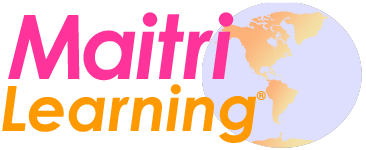

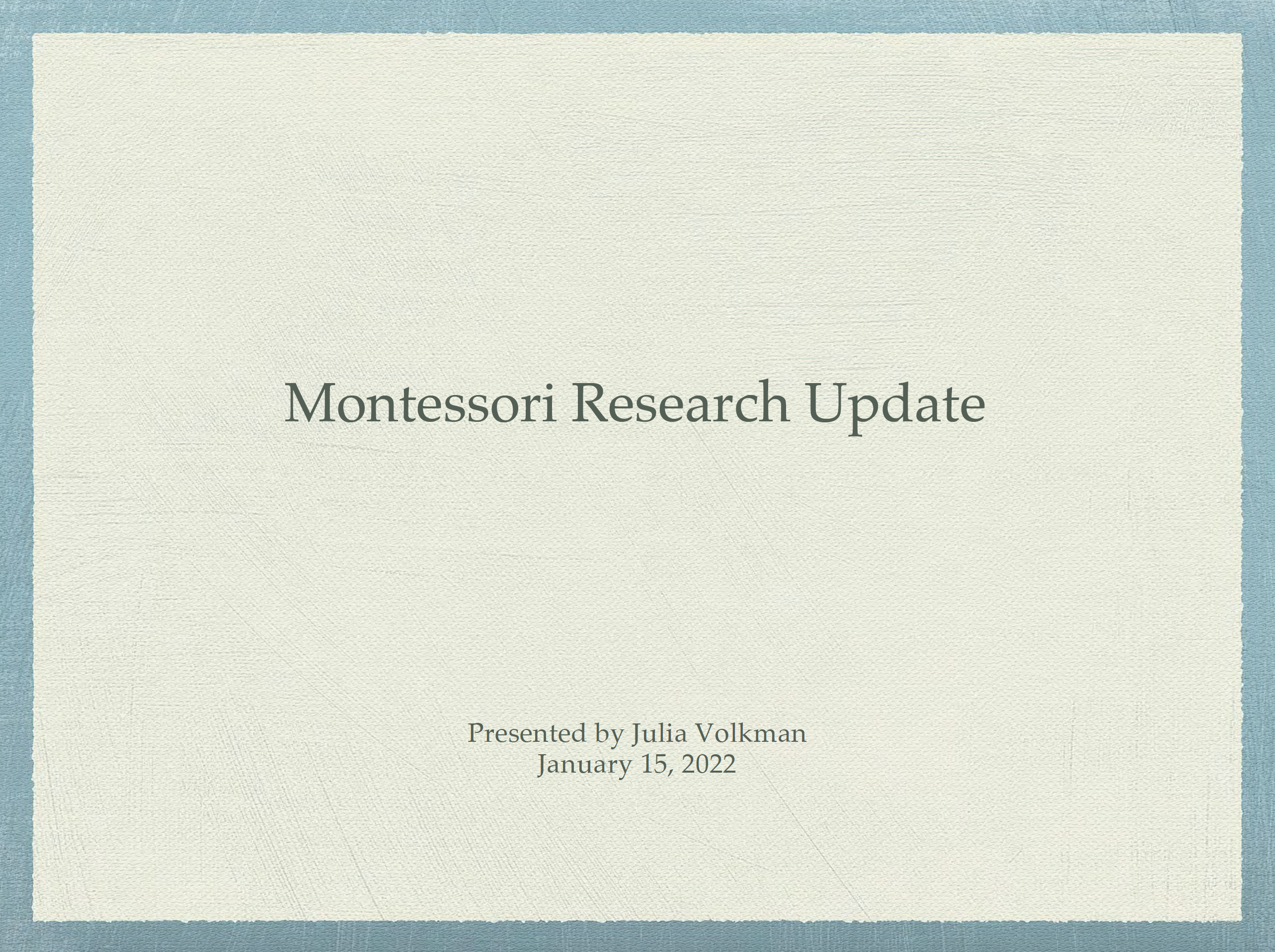
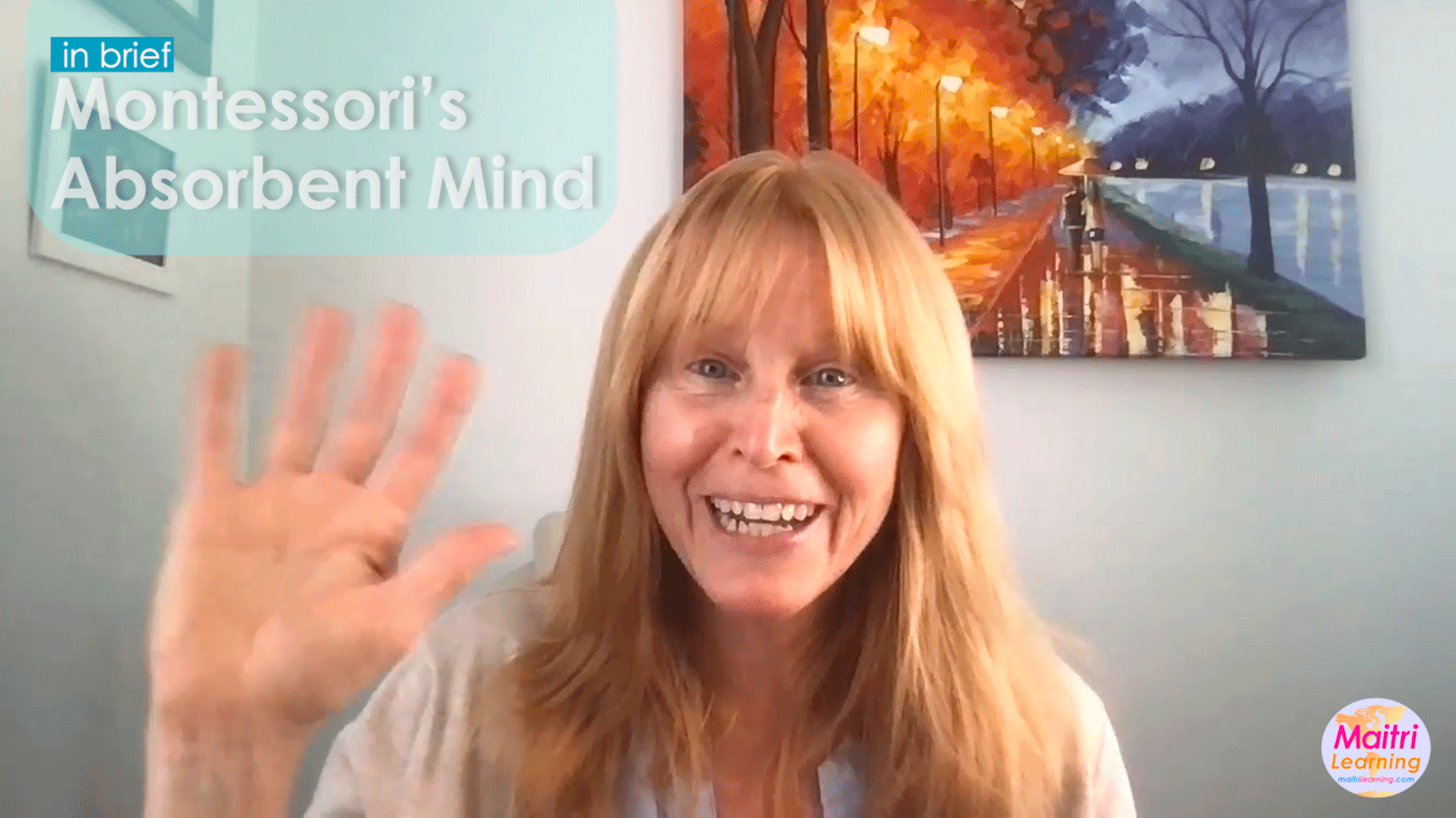

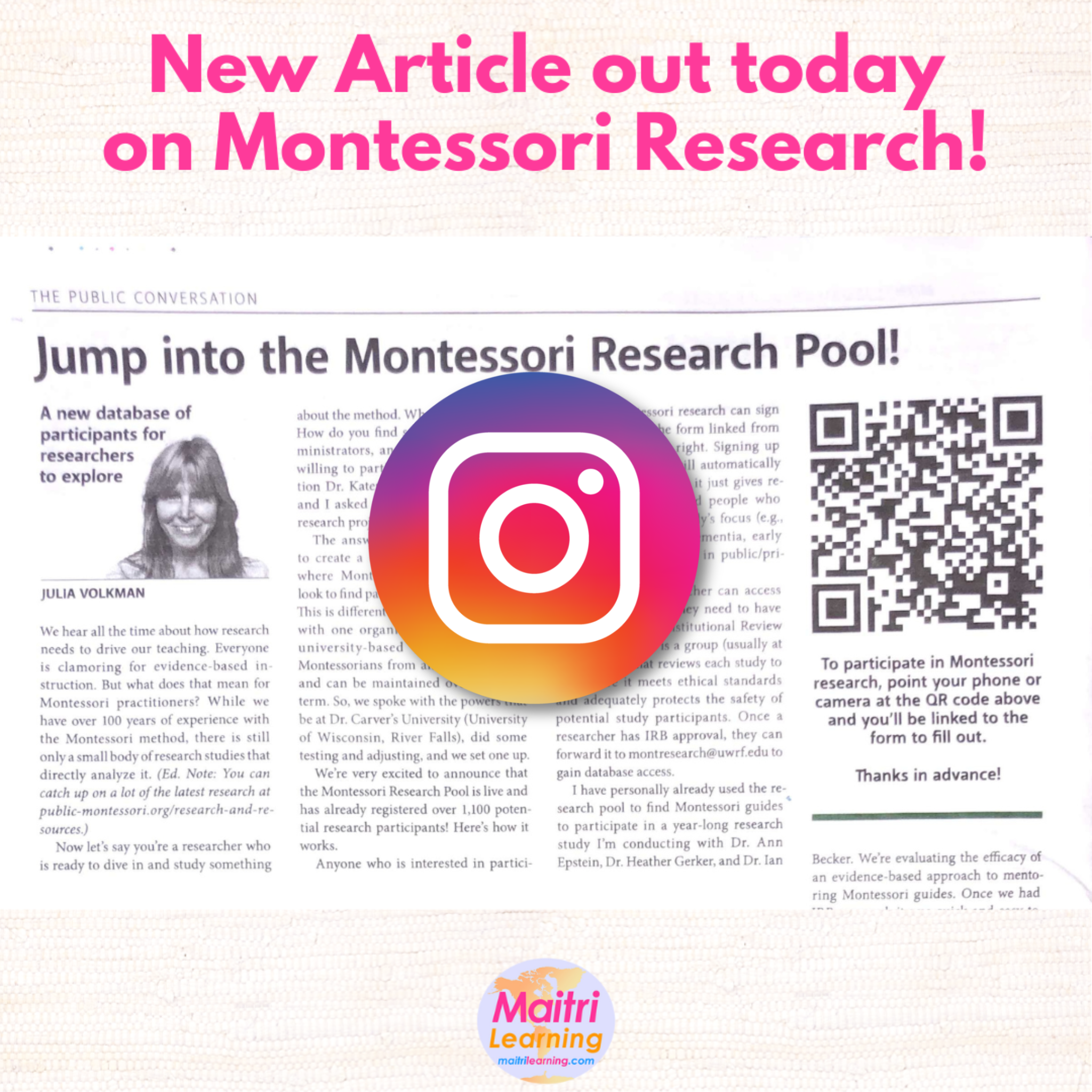


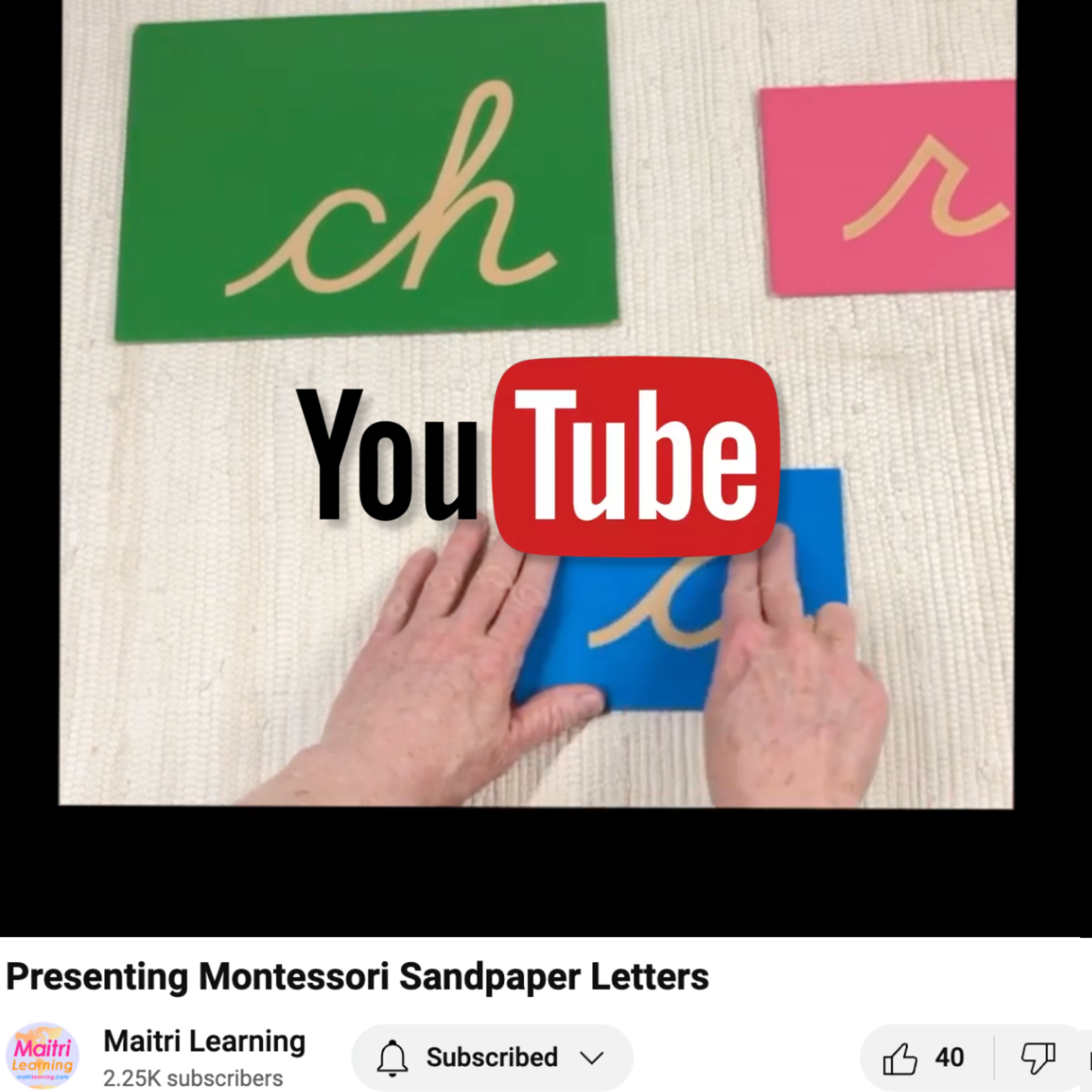
2 comments
Since writing this article, Sara Suchman from NCMPs reached out and let me know that the model is indeed growing and has been replicated! NCMPS will be putting more information on their website at some point. But, in the meantime, if you need support in starting your own teacher residency, reach out directly to NCMPS.
Julia Volkman
What a great article ! I love it !
Céline Guerreiro
Leave a comment
This site is protected by hCaptcha and the hCaptcha Privacy Policy and Terms of Service apply.